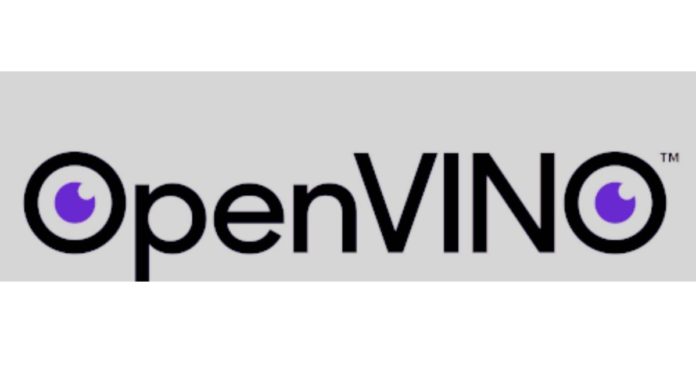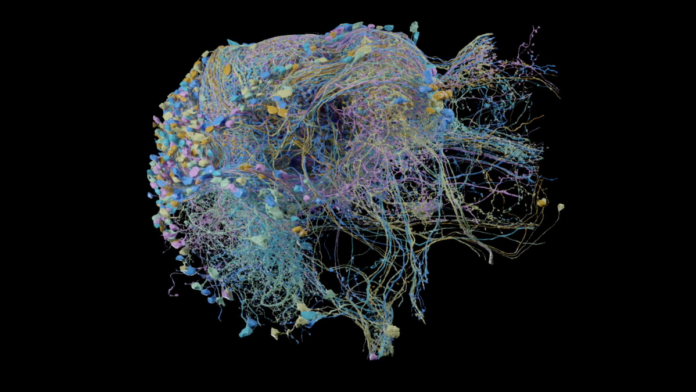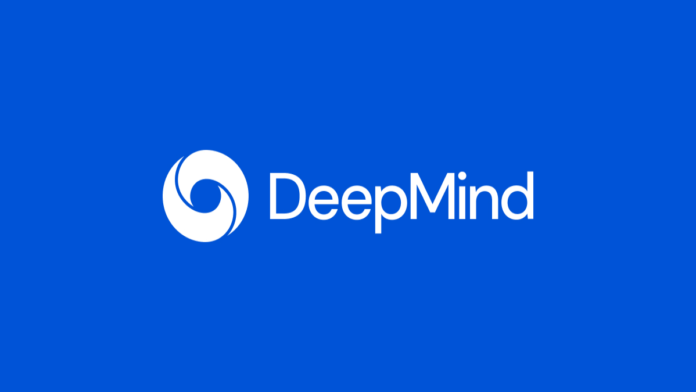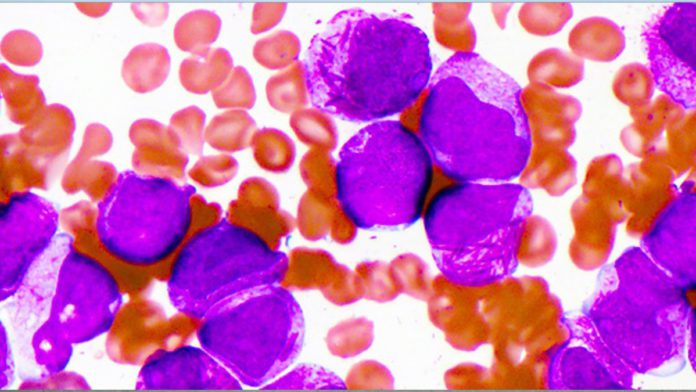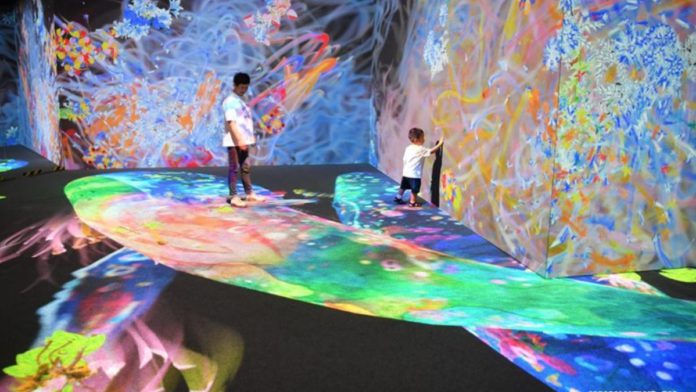Intel announced its biggest update in 3.5 years, the OpenVINO 2022.1 with functional bug fixes and enhanced capabilities from its predecessor v2021.4.2 Long Term Support (LTS). It is a standard release for developers who wait for upcoming features and will be made available three to four times a year. However, the company also plans to provide LTS releases too.
Recently, Intel expanded its OpenVINO toolkit to bring more intelligence to its Edge technologies. Now, this new update would include:
Updated and Cleaner API: The update introduced the new OpenVINO API 2.0. This API version aligns OpenVINO inputs/outputs with several frameworks using native layouts and element types. API 2.0 also enables developers to work with Dynamic Shapes. This would turn out to be beneficial for Neural Language Processing (NLP) models and other super-resolution models.
Read More: Zomato Releases a hyper-localized Deepfake Ad Starring Hrithik Roshan
Libraries merged to a common openvino library: inference_engine, ngraph, inferencengine_Ip_transformations, and inference_engine_transformations were merged. A few more libraries were renamed.
Enhanced Portability and Performance: the update comes with a new AUTO plugin that self-discovers system inference capabilities so that applications can skip knowing their compute environment.
OpenVINO performance hints help to configure the performance keeping portability in mind. The hints “reverse” the configuration’s direction in the appropriate way. The concept allows the device to configure itself in response to a target situation expressed by a single configuration key. This is a totally portable and future-proof solution because the hints are supported by every OpenVINOTM device.
Broader Model Support: OpenVINO will be able to adapt to multiple input dimensions in a single model with Dynamic Input Shapes.
The new version will provide more models with a focus on NLP along with a new capability of Anomaly Detection. It will offer anomaly segmentation for pre-trained models and noise reduction + speech recognition + translation + text to speech recognition for combined models.
The OpenVINO 2022.1 is built with 12th Gen Intel Core ‘Alder Lake’ in mind. Hence, it supports hybrid architectures to deliver high-end performance on CPUs and integrated GPUs. For more details, you can check out the OpenVINO toolkit 2022.1.


